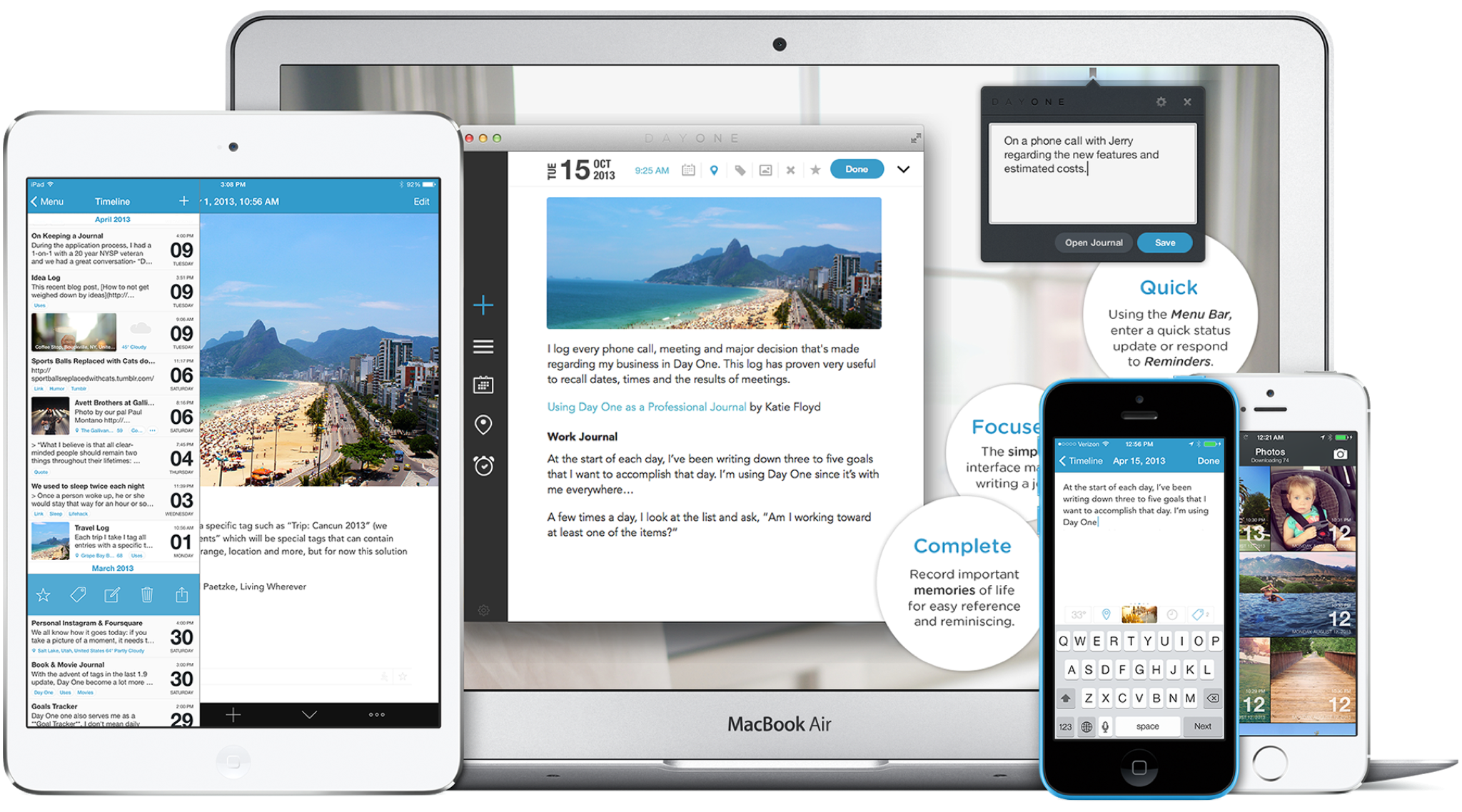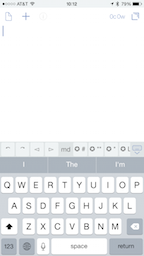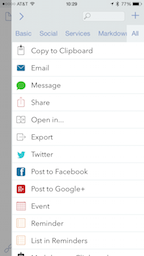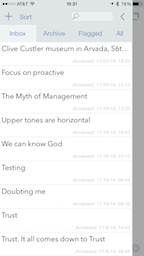Apps of the Week
Today, while flying over my beloved Rocky Mountain on the way to Phoenix to support my son Gabe as he competes in the Western Region Oireachtas Irish dance competition, this theme occured to me. As I have thought about the wide variety of topics on which I have written over the years, it became clear to me that one of the reasons that my posts have been so bursty is that I, as many before me, have wondered what I have to say that would be of the most interest. Over on the RedSeal blog, I post frequently on topics of cybersecurity and related networking challenges. However, especially when I wrote a column for InfoWorld, it was clear that there were topics that resonate and which people find helpful.
Given the shift in applications over the past few years, it seems there is an interest in the systems and applications I use to do the work I do, both in my home office and as I travel to support clients around the world. So, beginning with the next post in the Technology section of the blog, I'll share with you the apps I use, how I use them, and why I like them.
Purpose
I could, of course, do this for any number of reasons, including that I'm being paid to do so. Let me start by saying that I am not. While I have acted as a beta tester for a number of the applications I'll be describing, most are simply those I have found by trial and error to be useful and effective for my work. You'll have to decide if they fit your needs and wants, and I'll do my best to help you with that process. Also, if you have questions about particular workflows, types of apps, others that I have tried but don't use, and so on, please ask.
Also, perhaps through this process you and I will have an opportunity to influence some of the existing and emerging applications, and that seems like a reasonable purpose, as well.
Most of all, it is my deepest desire to see you able to do your best art, whether it's writing a book, building software or hardware, teaching, or expressing yourself in any other way. If my insights into the applications you can use to make that work more effective is helpful, I will be delighted.
Platform
The vast majority of my work is done on an Apple device. I use an iPad and iPhone (which run iOS), a MacBook Pro Retina, and an old 2008 Mac Pro (which run OS X) for my personal work. There are times when clients require me to use a Windows system, so there are some Windows applications that I use to shortcut and otherwise help me do good work in that environment, but for Windows applications (or Android, for that matter), my insights will be quite limited.
Perspective
There are a number of ways to view applications, the data on which they operate, and the systems and devices involved in the process. I have a very specific view that colors virtually everything I do: data is central and applications manipulate it. Applications are windows into and tools to manipulate data that is stored independently, accessible from any device anywhere. The ubiquitous Internet means that your data is available almost everywhere, and applications caching means that you can always have a copy of your data that will sync up when you are back online. As a result, my application choices and preferences are biased towards those that combine these fundamental concepts:
- availability across all my devices or cooperative interaction with an app on the other devices. For example, there are times when the same app isn't available on OS X and iOS, but there are apps that interact with the data compatibly, but in ways that take advantage of the particular characteristics of the different environments (touch versus keyboard interactivity, for example).
- caching. I am on airplanes and international destinations where use of cellular data is quite costly frequently enough that I must be able to cache data on my devices to continue to use it even when I'm offline. As I type this post, for example, I'm at 34,000' into Desk, I am not connected to the Internet. I'll post it when I get to my hotel, losing nothing in the process.
- cooperation. Apps that cooperate with other apps that I use help me more than those which are isolationist.
- nothing's perfect. I am always looking for apps to align more closely with the way I think, my preferences, and my workflow. Sometimes, I'll have 3 or 4 apps I'm using for the same thing, experimenting to determine which one fits best.
I think that's about it. Let me know if there are applications, workflows, or other related areas that pose as challenges or create questions for you. I'll do my best to address them either in a post or with a direct response.
Let's go!









